Over the past two centuries, Vinh Te Canal (1824 - 2024) has blocked the Vietnam - Cambodia border, serving to establish territorial sovereignty and ensure national security and defense.
At the same time, the canal deposited alluvium on thousands of hectares of agricultural land in the Long Xuyen Quadrangle, developed widespread trade and provided abundant aquatic resources to serve people's lives.
Vinh Te is the second largest hand-dug canal in the history of feudal Vietnam. Commenting on the general canals of the South in general and An Giang in particular, writer Son Nam said: “In the history of reclamation of the Mekong Delta, the first was the Bao Dinh canal, connecting the Tien River through the West Vam Co, connecting the My Tho canal through the Vung Cu canal, the supervisor was Nguyen Cuu Van (in 1705).
Nui Sap Canal was the second project, in chronological order, followed by Vinh Te Canal, then Vinh An Canal from Chau Doc to Tan Chau. In short, of the four canals dug before the French arrived, An Giang had three, the most important of which was Vinh Te Canal.
According to the Nguyen Dynasty history books, in 1816, when Chau Doc citadel was completed, King Gia Long looked at the map of this land and immediately said: "If this land is opened to Ha Tien by waterway, both agriculture and trade will benefit. In the future, when the population comes to live in the village, the land will be expanded, and it will become a big town." But the king did not order the digging immediately because he was afraid that this was a newly opened land, the people were still in poverty, and the people's hearts would not be at peace.
In the year of Ky Mao, the 18th year of Gia Long (1819), the king ordered the digging of a canal with three goals: to develop the country, defend the border, and trade with the people. The location of the canal is "West of Chau Doc River, 28 miles northwest of Tay Xuyen district.
The river is seven feet and five feet wide, six feet deep, measuring straight from behind the Don Huu moat to the west of Ca Am estuary to Ky Tho, which is 250 and a half miles. It was named Vinh Te River. The Vinh Thanh Governor Nguyen Van Thuy and the Commander Nguyen Van Tuyen were ordered to use local people and barbarians to dig and clear it.
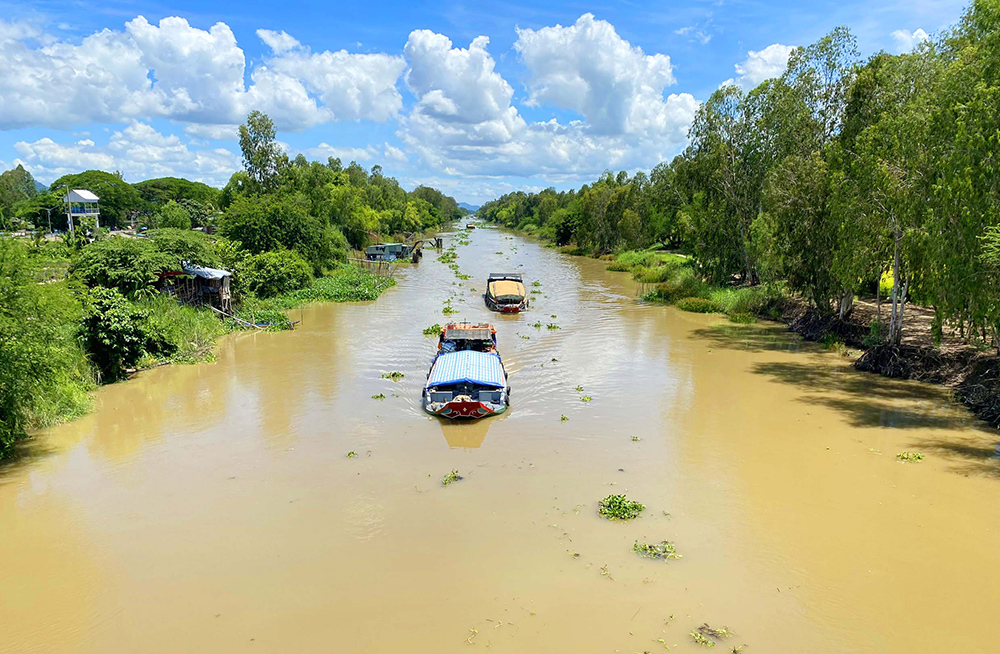
Vinh Te Canal section through An Giang province. Vinh Te Canal is the second largest artificial canal in Vietnam's feudal history, connecting An Giang province with Kien Giang province.
In preparation, in July 1819, the king ordered Ha Tien Governor Mac Cong Du (grandson of Mac Thien Tich) to measure the Chau Doc River to Giang Thanh River, draw a map to present to the king. In September, the king saw that Vinh Thanh and Ha Tien bordered Chan Lap, so he wanted to dig a canal to connect them in case of emergency. At that time, Dong Phu, a Chieu Chuy (official position) of Chan Lap, came to pay his respects, and the king summoned him to ask for his opinion.
Dong Phu said: "If we dig that river, both our people and the king will benefit." Then, the king asked to measure from the west of Chau Doc fort through Ca Am and Cay Bang gates to the old river, more than 200 miles, calculate the cost of digging the soil and the manpower, and ordered the Governor Nguyen Van Thuy and the Commander Nguyen Van Tuyen to lead 5,000 porters and 500 soldiers and civilians of Uy Vien fort. Quan Dong Phu led 5,000 Cambodian people, and in December, started digging the canal.
In the book "Thoai Ngoc Hau and the explorations of Hau Giang", writer Nguyen Van Hau said that Vinh Te canal was built in 3 phases, the labor force included militiamen from both countries, carried out by officials in charge of both sides, the canal terrain had many swampy and rocky sections.
To make the canal straight, the commander waited until nightfall to have people part the reeds, light torches on the tops of the tall poles, and aim at the straight line to set the markers. To align the “fire poles” in a straight line, the person setting the markers held a large beam, stood on high, and waved it back and forth to signal the person holding the pole to find the right position.
According to the book, Thoại Ngọc Hầu mobilized 5,000 workers, including civilians and soldiers, along with 500 troops at Uy Vien station. On the Cambodian side, 5,000 laborers and soldiers were also recruited. The Vietnamese dug a 7,575-foot canal on hard ground, while the Khmer dug 18,704 feet on soft ground.
By the third phase, in February 1824, the remaining length of the canal was 1,700 truong from the end of Gianh Thanh canal to the completed excavation. The excavation to this final section had the active support of Deputy Governor Tran Van Nang and soldiers and civilians up to 25,000 people...
By 1824, the Vinh Te Canal was completed, 205 miles long. In metric terms, the length of the canal is 88,560m to 93,275m, many books and newspapers often use 91km. It is worth noting that this canal has a logical understanding of 66.5km and 95.5km, so historical documents are different. In particular, Cambodian history and Chan Lap's books make mistakes about the name of the canal, the length of the canal, the time of digging the canal...
With its great economic value and important strategic role in national defense, in 1836 (Minh Mang 17th year), the image of Vinh Te canal was carved into Cao Dinh, the largest bronze cauldron in the Nine Cauldrons, worshiping King Gia Long and placed in front of The Mieu (Hue Imperial City) courtyard. On May 28, 2024, the Ministry of Information and Communications and Vietnam Post Corporation issued the stamp set "Commemorating the 200th anniversary of the completion of Vinh Te canal (1824 - 2024)".
Vinh Te Canal carries water from Chau Doc River, running along the southwestern border, through interlaced canals, discharging alum into the sea, providing fresh water and alluvium for the fields. On both sides of the canal, people's houses and bustling urban areas are increasingly numerous, a prosperous life spreads along the border.
This canal is a large project with many values in terms of national defense, transportation, trade, irrigation, as well as agriculture and is being promoted until today. The credit for this great project belongs to the people, in which, the first credit was given by the famous mandarin Thoai Ngoc Hau who commanded thousands of people to dig the canal by hand from 1819 - 1824.
From the "mother canal" Vinh Te, the late Prime Minister Vo Van Kiet decided to dig the T5 canal (Vo Van Kiet canal) to bring fresh water through the Long Xuyen Quadrangle to the West Sea, contributing significantly to making An Giang's rice output the top in the country.
Source: https://danviet.vn/kenh-vinh-te-kenh-dan-nuoc-nhan-tao-lon-nhat-dbscl-noi-an-giang-voi-kien-giang-da-200-nam-tuoi-20240826235048704.htm


![[Photo] General Secretary To Lam meets and expresses gratitude to Vietnam's Belarusian friends](https://vphoto.vietnam.vn/thumb/1200x675/vietnam/resource/IMAGE/2025/5/11/c515ee2054c54a87aa8a7cb520f2fa6e)



![[Photo] General Secretary To Lam concludes visit to Russia, departs for Belarus](https://vphoto.vietnam.vn/thumb/1200x675/vietnam/resource/IMAGE/2025/5/11/0acf1081a95e4b1d9886c67fdafd95ed)
![[Photo] General Secretary To Lam arrives in Minsk, begins state visit to Belarus](https://vphoto.vietnam.vn/thumb/1200x675/vietnam/resource/IMAGE/2025/5/11/76602f587468437f8b5b7104495f444d)
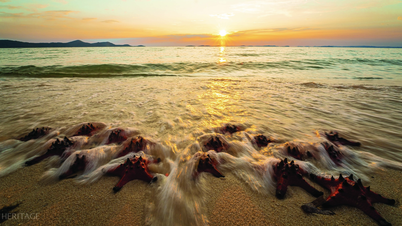





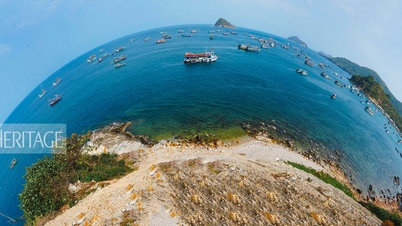




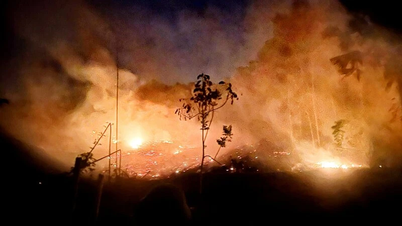
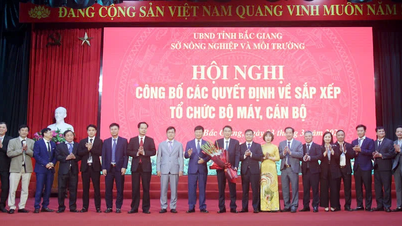
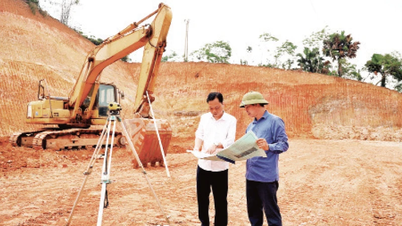

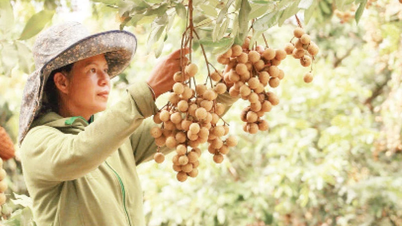
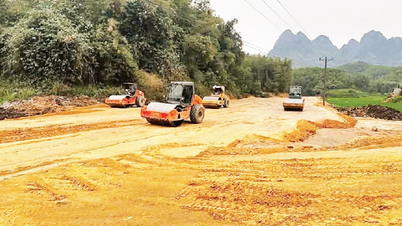




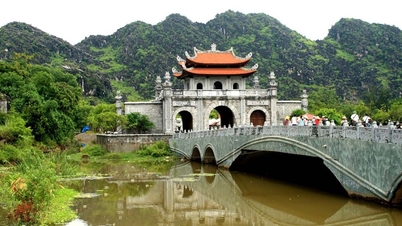
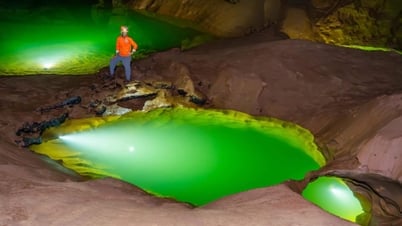
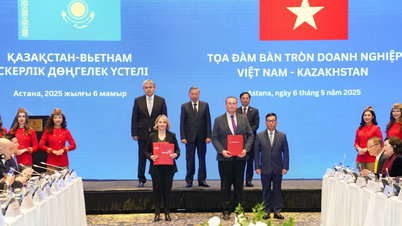



![[Photo] National Assembly Chairman Tran Thanh Man attends the Party Congress of the Committee for Culture and Social Affairs](https://vphoto.vietnam.vn/thumb/1200x675/vietnam/resource/IMAGE/2025/5/11/f5ed02beb9404bca998a08b34ef255a6)




























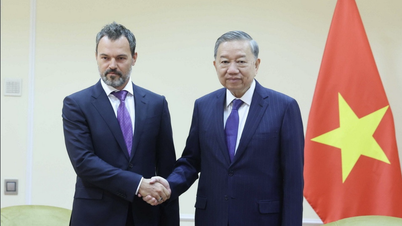














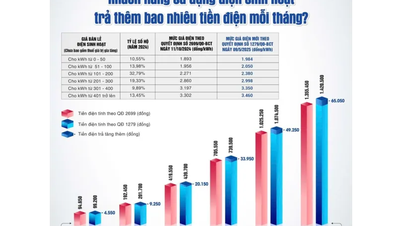

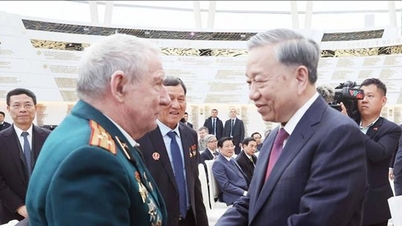





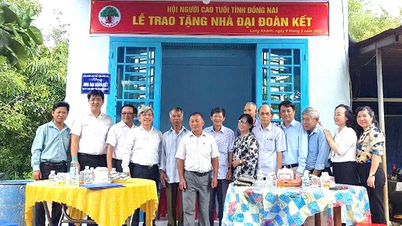










Comment (0)